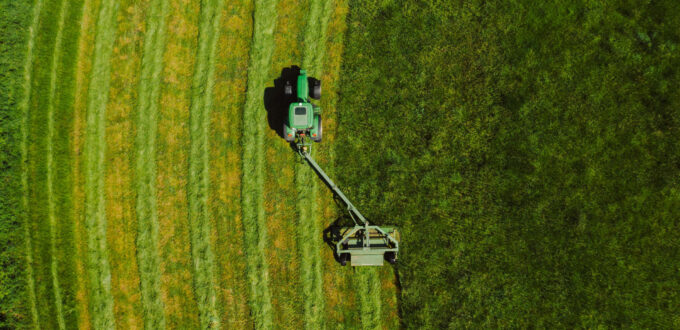On average, farm cash income experienced a 7% drop in 2022-23, according to ABARES.
So, when insurance premiums rise 20% to 40%, as is happening in some parts of Australia in recent times, farmers might think more carefully about their risk management approach.
But before you hit ‘cancel’ on your insurance policies, check out these tips to minimise the premium rise, yet still have appropriate cover.
Why premiums are increasing in agriculture
There are many reasons why insurers are increasing premiums, including:
- The frequency and increased severity of natural disasters
- A reduction in the number of insurers in the marketplace
- Inflation affecting equipment and labour prices.
However, there are strategies to help tackle rising premiums.
Consider which buildings you need insured
Rank the buildings on your property from essential to unused. For example, you may have a dilapidated shed or outhouse. Perhaps they don’t have to be on the asset list you give us.
As for essential buildings, such as your home and working shed(s), you would have opted for ‘sum insured’ or ‘replacement cost’. The amount listed for ‘sum insured’ may no longer reflect reality due to rising material costs and labour shortages, as well as changed planning controls. Don’t rely on the insurer to index the policy, (automatically increase the premium), so it’s supposedly on par with inflation. That’s not a given for all policies.
Underinsuring a building won’t mean you’ll receive that exact sum if it’s destroyed. Insurers can opt to:
- Pay up to that amount for replacement or repair and you fund the shortfall
- Have you decide if you wish to repair or replace the asset. In that case, they’ll typically pay the replacement cost minus depreciation based on the building’s condition before the loss. They could instead pay you the pre-damage value minus the damaged property’s value
- Offer you a cash settlement – that’s at their reasonable discretion
- Not pay you the sum insured in your policy even if you have paid a premium for that.
Focus on the excess you’ve selected for your most valuable assets. Increasing the amount you’ll pay if you claim allows you to reduce your premium. Talk to us to weigh up the pros and cons.
Address common farm risks
Farmwork is risky. Safe Work Australia identifies these common risks:
- Manual handling, being hit by moving objects, slips, trips and falls
- Being struck by an animal, falling from a horse or an accidental shooting
- Equipment and vehicles, including auger, tractors, motorbikes and quad bikes
- Chemical use, such as pesticides, fertilisers and herbicides
- Extreme weather events
- Farmers often working alone or not having first aid close by, nor being in a mobile phone zone.
Review your risk management and business continuity plans regularly. There might be some risks you’ll decide to manage yourself with a contingency fund. Always engage a valuer to assess the replacement costs of your buildings, vehicles, equipment, and other infrastructure.
Also, when conducting your risk analysis, consider risks that combine with others, potentially amplifying the effect. Think drought and the labour shortage; the Russian-Ukrainian war disrupting shipping routes so your much-needed equipment takes longer to arrive.
You can also address common risks by:
- Investing in technology to boost your farm’s efficiency and productivity, thereby minimising your risks. (Use drones for monitoring livestock and crops or weather forecasting apps for planning.)
- Check local, state and federal government and NGO programs that target farmers with offers of technology support, wellbeing, (also Aussie Helpers and Rural Aid), mentoring, or financial assistance, etc., (Farm Hub)
- Joining cooperatives for shared information and resources, plus for more bargaining power to price your products.
All-in-one farm policies
Over time you might have acquired separate insurance policies. However, it can be cost-effective to combine them into a single policy package, where possible. Combining policies into a farm pack policy will enable a more tailored approach to your insurance at a cost-effective premium.
Farming is dynamic, so your business operations may have changed since you took out your policy package. Make time to seek us out to fully review your coverage to ensure it’s customised to your current situation. We’ll go through the policy terms and conditions as well as exclusions. Book your annual review now so we can help you find discounts!











